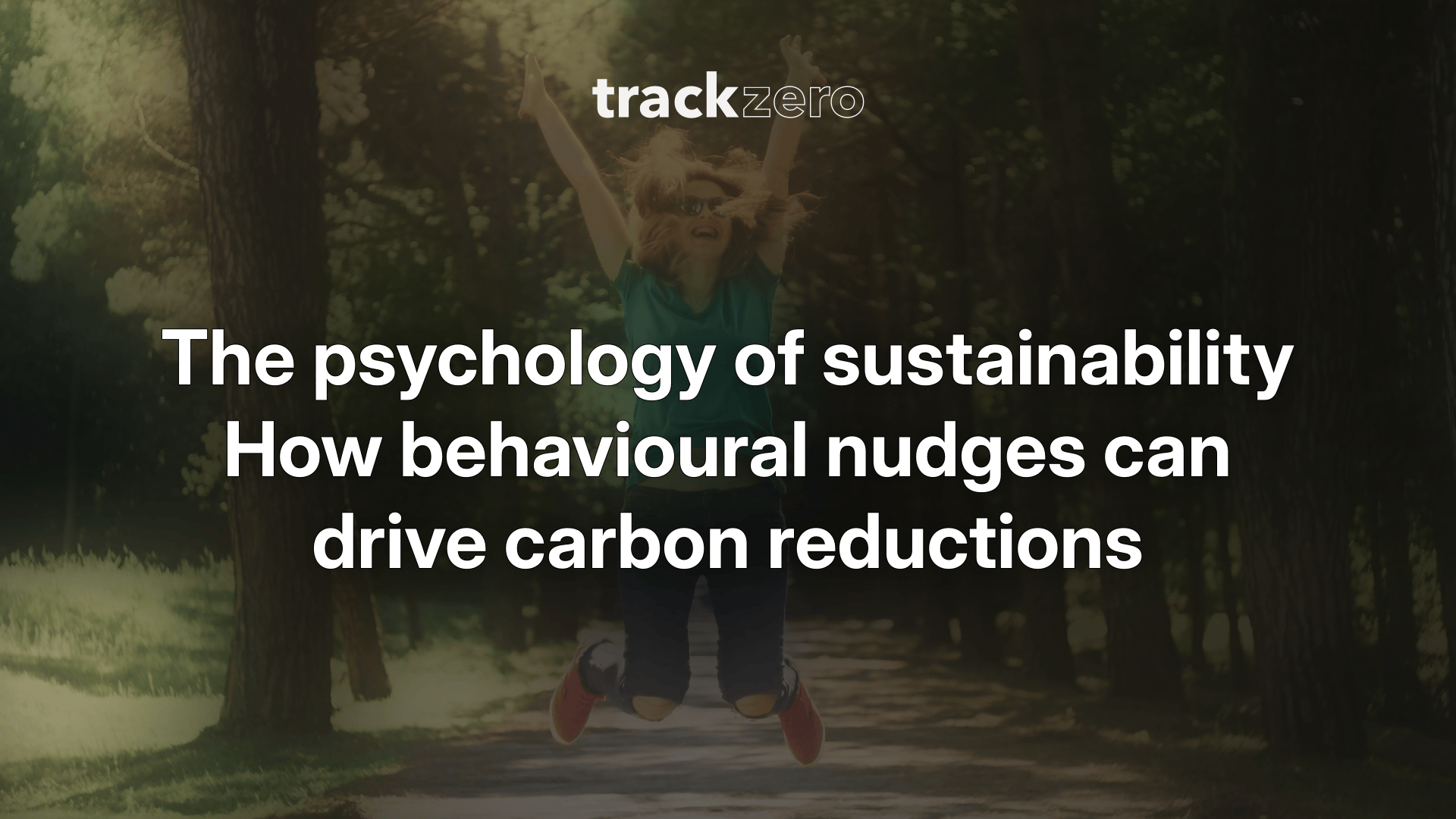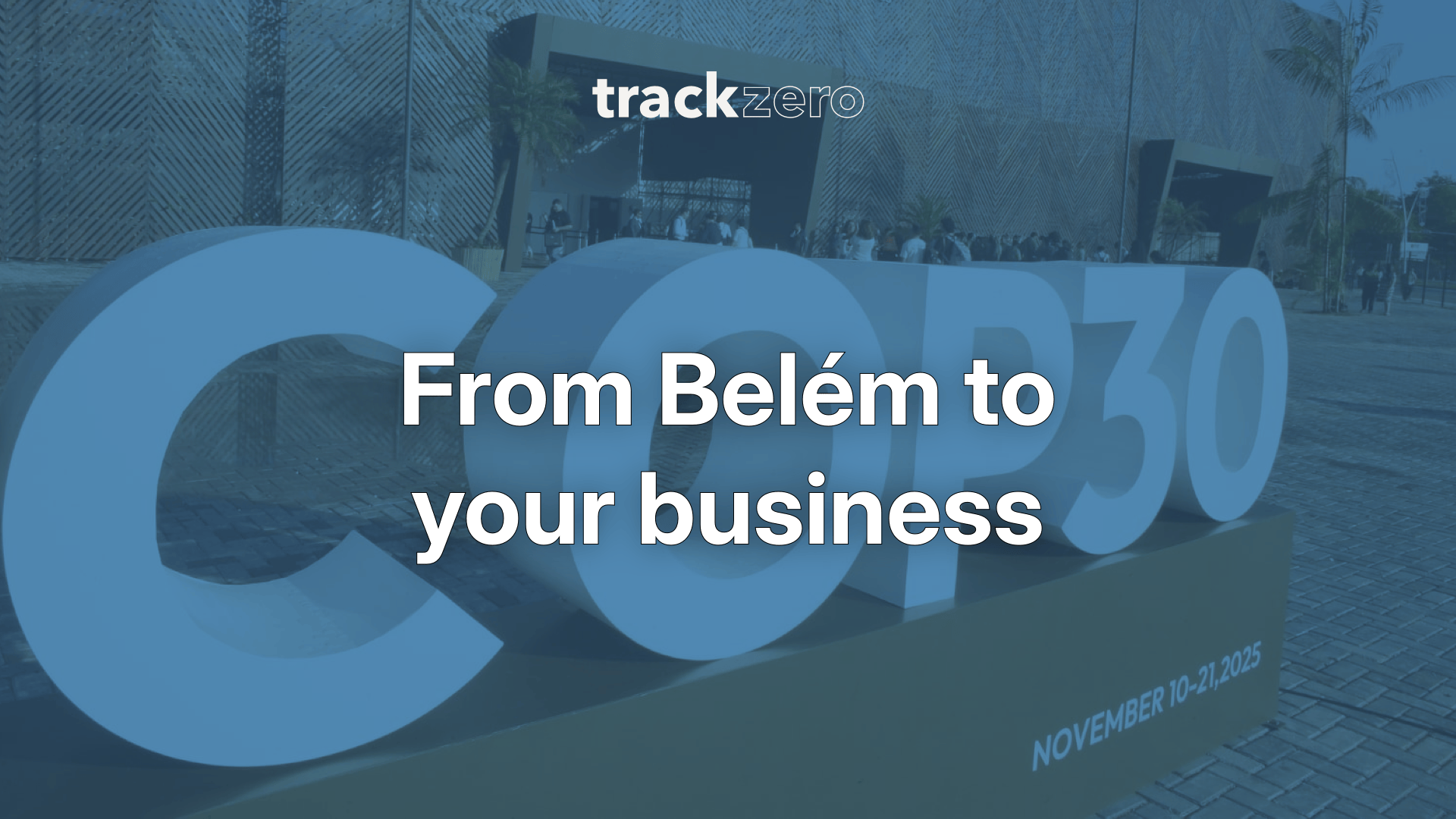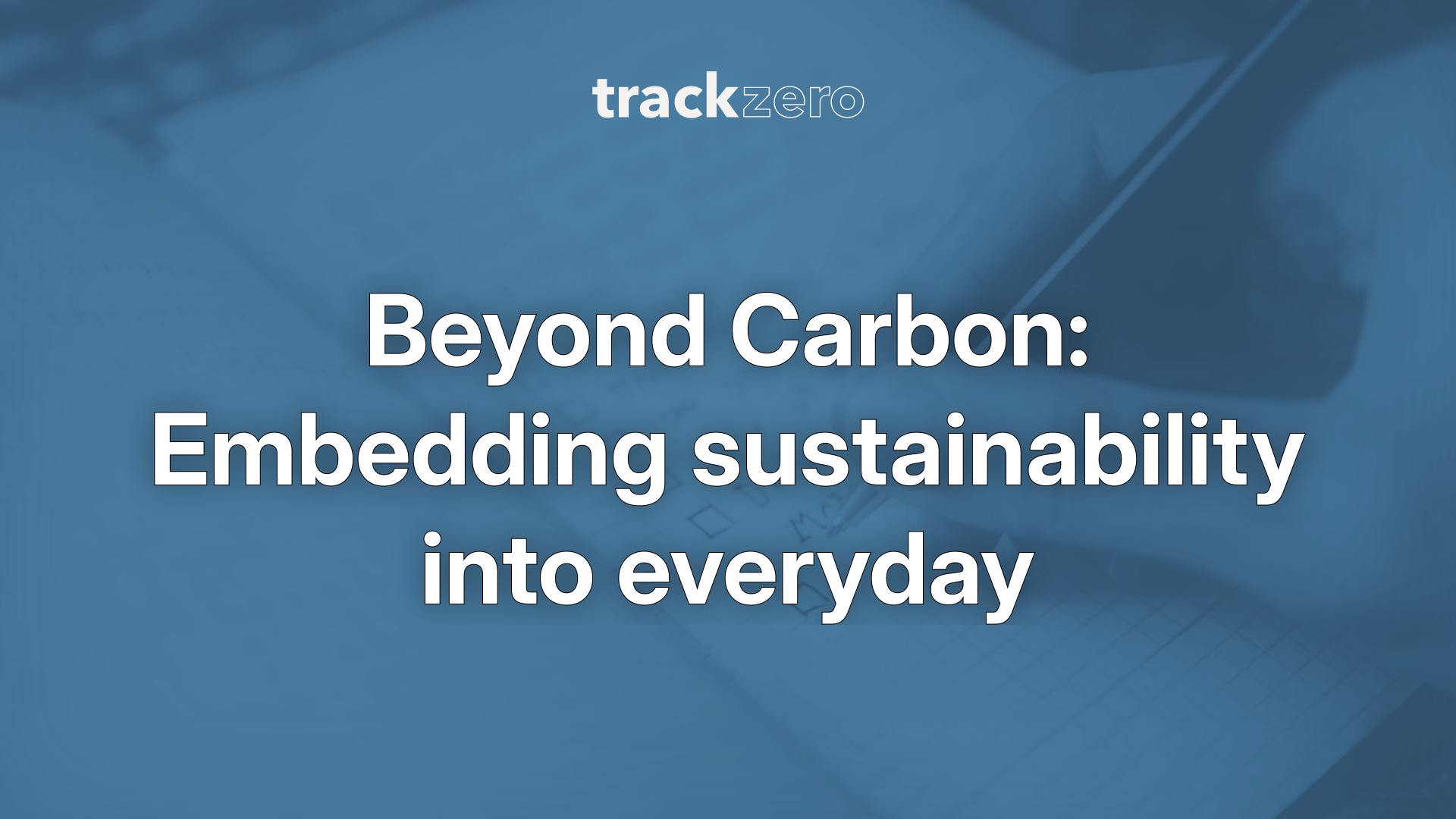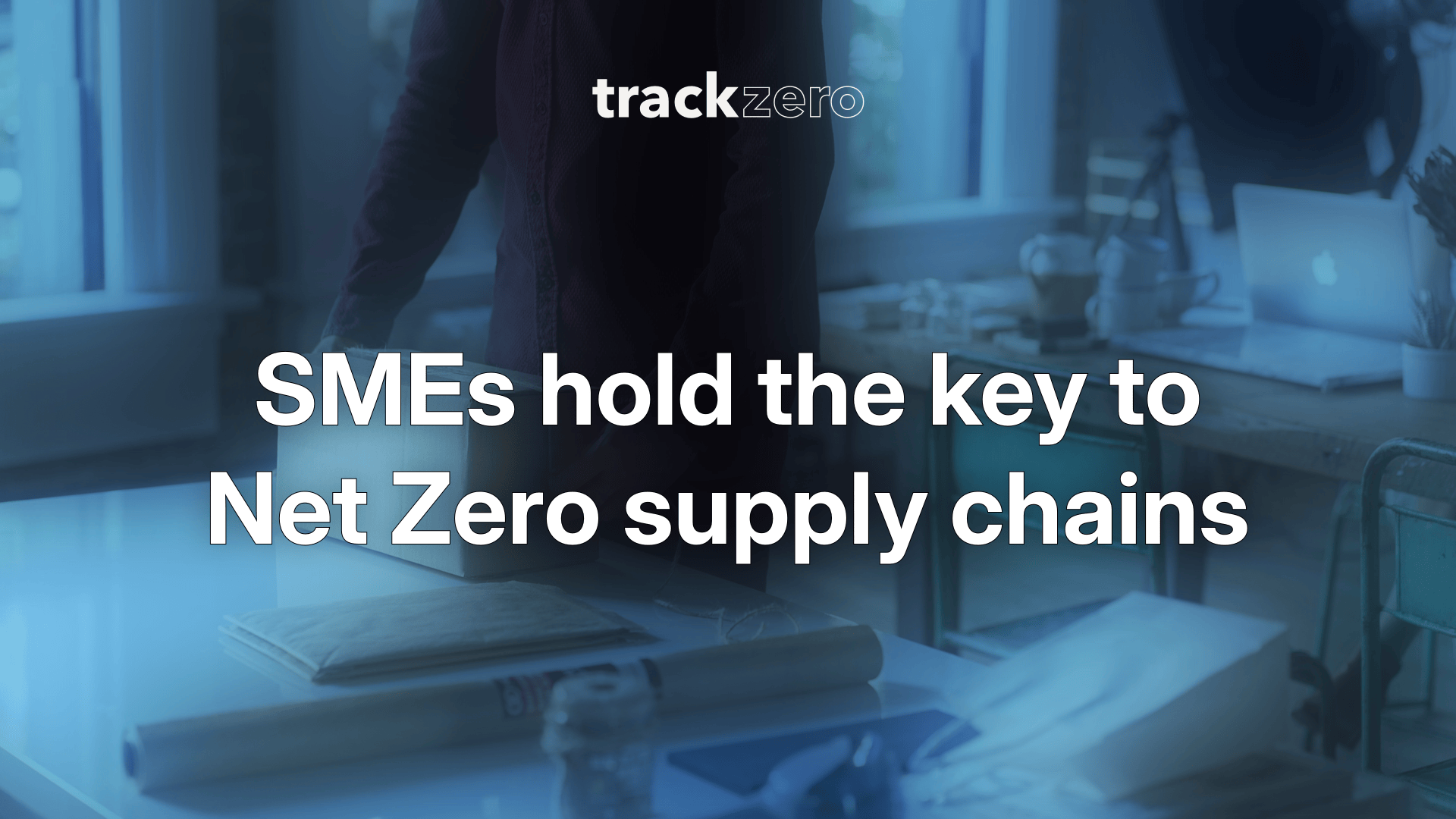When it comes to tackling climate change and carbon emissions, technology and compliance often take the centre stage. Things like renewable energy, electric vehicles, public transport and offsetting quickly become the topic of conversation! However, something that is often forgotten is human behaviour. Even the most ambitious strategies and targets will fail without people changing how they travel, consume, work, live and even think. Behavioural science provides proven tools to guide people towards sustainable choices without restricting freedom.
Why behaviour matters in climate action
Decarbonisation is not just an engineering challenge, it's a social one. The UK's Climate Change Committee estimates that 40% of UK emissions reductions to 2035 will depend on behaviour change. Globally, lifestyle and behavioural changes could reduce emissions by up to 5 gigatonnes of CO2e per year by 2030, equivalent to the annual emissions of the United States! Without shifts in behaviour, technologies remain underused, and climate policies underdelivered.
What are 'nudges'?
The term "nudge" comes from behavioural economists Richard Thaler and Cass Sunstein, whose 2008 book Nudge defined it as:
"Any aspect of the choice architecture that alters people's behaviour in a predictable way without forbidding any options or significantly changing their economic incentives."
Put simply: nudges are subtle design changes that steer people towards better choices while keeping all options open.
Classic examples:
- Making pension schemes opt-out rather than opt-in.
- Placing fruit at eye level in cafeterias.
- Setting printers to double-sided by default.
Applied to sustainability, nudges can help embed low-carbon behaviour into everyday decisions at home, at work, and across supply chains.
Five behavioural nudges that drive carbon reductions
1. Defaults: Make the more sustainable option automatic
People tend to stick with the default choice. A German study found that when renewable energy was set as the default electricity tariff, 94% of households stuck with it, compared to just 4% when they had to opt in. Similar approaches apply in offices: setting printers to double-sided, or choosing renewable tariffs as the default corporate supply.
💡 Business takeaway: Default to green options, from procurement to catering, and let people opt out if they wish.
2. Social Norms: Harness the power of healthy competition
We are strongly influenced by what others around us are doing. WRAP regularly uses social norms and behavioural influence in recycling campaigns to further encourage best practice.
💡 Business takeaway: Share comparative data, such as supplier emissions scores or departmental footprints, to create healthy competition and shared accountability.
3. Visibility: Make impacts easy to see
When information is visible, it drives change. Real-time home energy displays and smart meters create reductions in energy use by an average of 3%. In a University of Cambridge trial, where they reduced the options of meat, it resulted in 33% reduction of carbon emissions.
💡 Business takeaway: Use dashboards, carbon labels, or progress trackers to make emissions reductions visible across your organisation and supply chain. This is where Scope 4 becomes interesting...
4. Framing: Speak to what people value
The way we present information shapes decisions, and not everyone thinks in the same way. A Nature Energy study found people were 23% more likely to adopt efficiency measures when framed in terms of losses avoided, e.g. "don't lose £200 per year", versus gains made, e.g. "save £200". Additionally, tying in co-benefits, like health, wellbeing, or financial security, often resonate more than climate arguments alone.
💡 Business takeaway: Frame sustainability actions in terms of savings, resilience, and wellbeing, not just emissions. The intersections between health and environment are extremely interesting! Read our blog about it here.
5. Commitment Devices: Make pledges public
People want to act consistently with their commitments, especially public ones. A recycling study found households that signed a public pledge recycled 20% more than those that did not (Burn & Oskamp, 1986). Workplace challenges like "plastic-free month" or "switch to renewables" campaigns work better when employees sign on visibly.
💡 Business takeaway: Encourage suppliers, staff, and customers to make public commitments, such as TrackZero's promote feature.
These changes are not impactful alone, but when layered onto compliance tools, data & targets, and climate policies, these nudges can accelerate adoption and scale.
Behavioural change offers a way to align everyday decisions with climate goals, making low-carbon choices the natural, easy, and attractive option. For organisations, embedding nudges across supply chains and within their workforce is a cost-effective way to boost reductions, strengthen culture, and accelerate net zero pathways. Sometimes the biggest climate solutions don't require new technology, just a better understanding of human behaviour.
👉 Which behavioural nudge could make the biggest difference in your organisation, and do you already do any?




